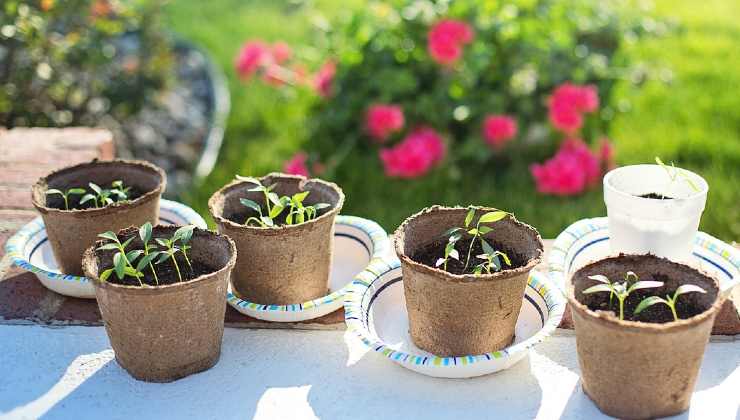
Grafting a rose may sound like a job for professionals, but in reality, anyone can do it. If you’ve ever wanted to see different varieties of roses growing on the same plant, then grafting is the way to go. It may not be the simplest task, but with a few tips and tricks, you can create a beautiful natural masterpiece without having to buy new plants or waste time.
Grafting a Rose: A Step-by-Step Guide
Grafting a rose with other varieties is not as daunting as it seems. By following a few essential steps, you can bring together two plants of different varieties, giving birth to a unique and captivating creation. While the results may not be immediate, the sense of accomplishment and the joy of seeing your creation flourish are definitely worth it.
Step 1: Choosing the Right Rootstock
The choice of rootstock is crucial for successful grafting. If you’re new to grafting, it’s recommended to opt for a dog rose with a multiflora rose as the rootstock. The dog rose has sturdy roots that can adapt to any soil type without requiring much maintenance. On the other hand, multiflora rose has shallow roots that are perfect for this type of grafting.
Step 2: Obtaining the Rootstock
To obtain the rootstock, you can either bury the seeds of both varieties or take cuttings. During winter, take two branches that are approximately twenty centimeters long, plant them in the summer, and watch them grow into your very own seedling.
Curiosities and Advice
Before you begin the grafting process, make sure you have all the necessary tools, such as disinfected scissors and ligature materials. Additionally, it’s crucial to carry out the grafting when the outside temperature is around 25 degrees Celsius.
Start by cutting the selected branch with a clean, perpendicular cut. Remove any leaves and thorns to work more effectively. Then, attach the detached part to the rootstock. Secure the graft by using raffia or another light material to cover the cut.
After a month, remove the raffia to check the status of the rooting. You should see the result of your grafting experiment.
The Most Important Operation
In February, once the rootstock has rooted, it’s time to perform the crucial operation. Cut the rootstock at the point of the graft itself. During spring, the first shoot will emerge. Allow it to grow to around fifteen centimeters, then trim it and eliminate any wild shoots surrounding the structure.
Remember, not all roses are suitable for grafting. Don’t hesitate to seek advice from a professional nurseryman before you begin your grafting adventure.








